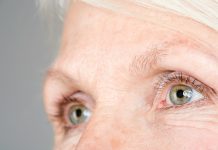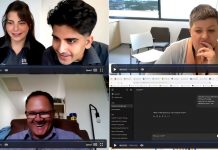
In a new study, researchers have developed a new method to find stroke patients who are most likely to have a treatable underlying condition.
They used MRI scans to help decide which patient diagnosed with intracerebral hemorrhage (brain bleed stroke) could be treated with surgery, embolization, radiation, or other treatments.
The research was conducted by a team from Thomas Jefferson University.
Intracerebral hemorrhage occurs when blood vessels in the brain rupture and cause a stroke.
The condition can be highly disabling and every attempt should be made to treat underlying lesions to prevent rebleeding.
Depending on the cause, some brain hemorrhages may hide underlying lesions that can be treated.
In the study, the team reviewed the records of 400 patients diagnosed with intracerebral hemorrhage at Jefferson.
They developed an algorithm for identifying patients with suspicious brain hemorrhages to undergo further testing and treatment.
They found that as many as 12.5% of patients carried underlying brain lesions and further information of those patients could help physicians rapidly identify suspicious hemorrhages.
When bleeding occurred deep in the basal ganglia, only 5% t of patients had treatable underlying lesions on MRI.
When the bleeds occurred in the brainstem or on the outer surface of the brain, the chance of finding a lesion rose dramatically to 15-30%.
Patients were also remarkably more likely to harbor lesions if they didn’t also have high blood pressure.
The team suggests that this study helps identify patients who have brain hemorrhages that are suspicious of underlying lesions.
It will help physicians determine which patients need surgical treatment, and which should be treated with supportive care.
The senior author of the study is Pascal Jabbour, MD Professor of Neurological Surgery.
The study is published in the Journal of Neurosurgery.
Copyright © 2019 Knowridge Science Report. All rights reserved.



